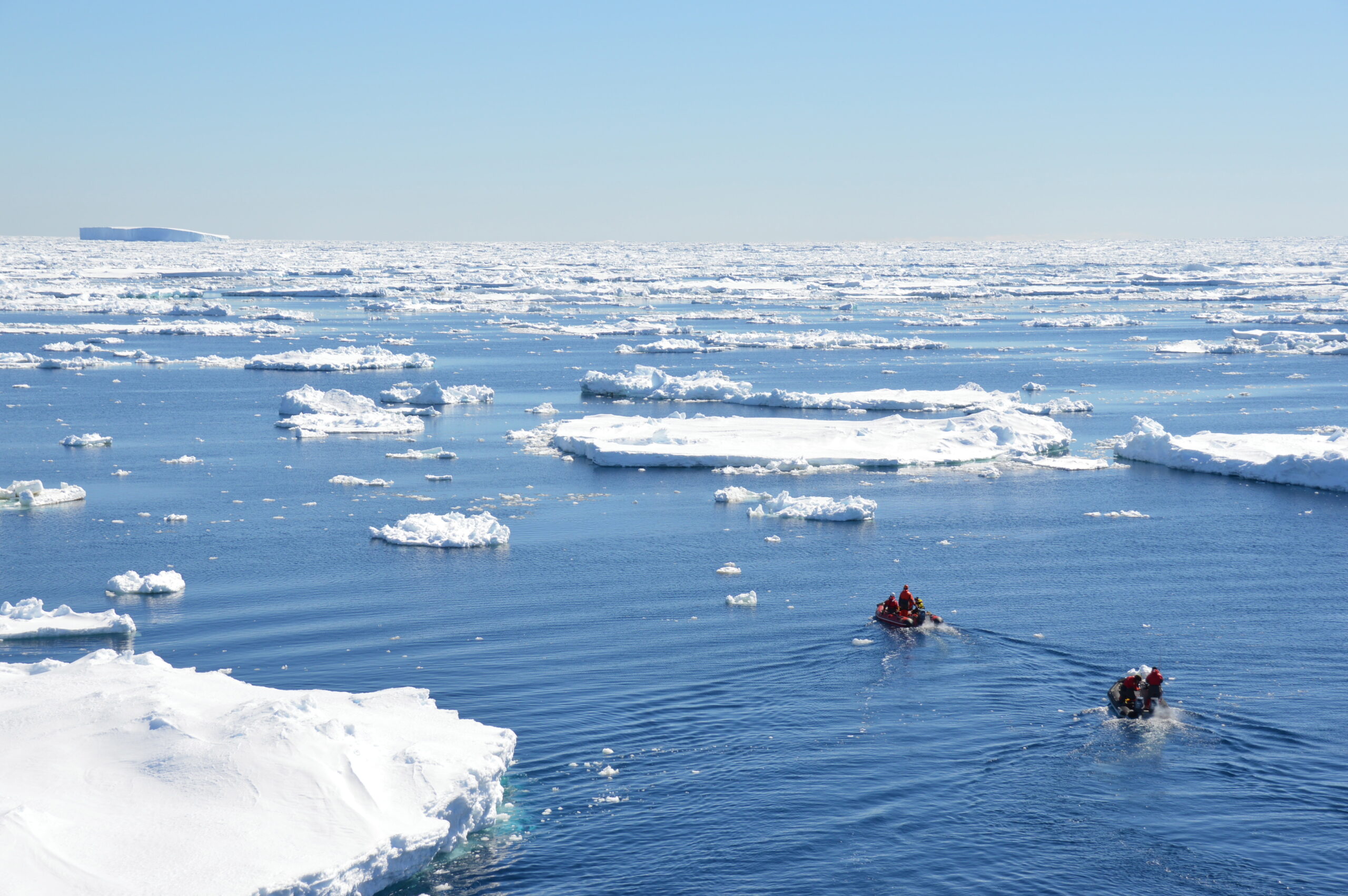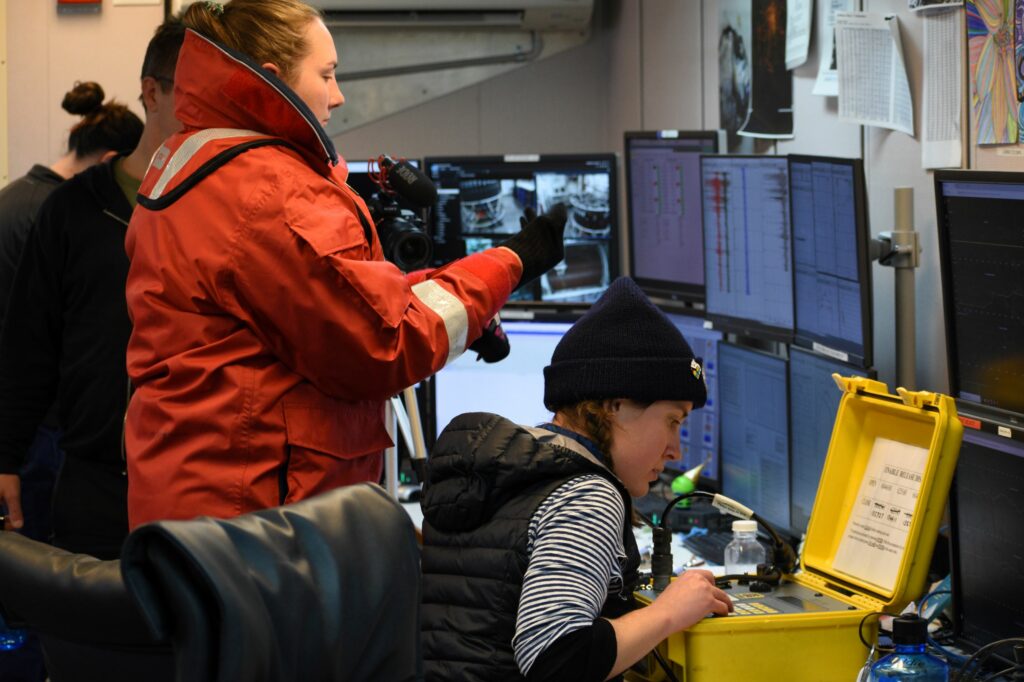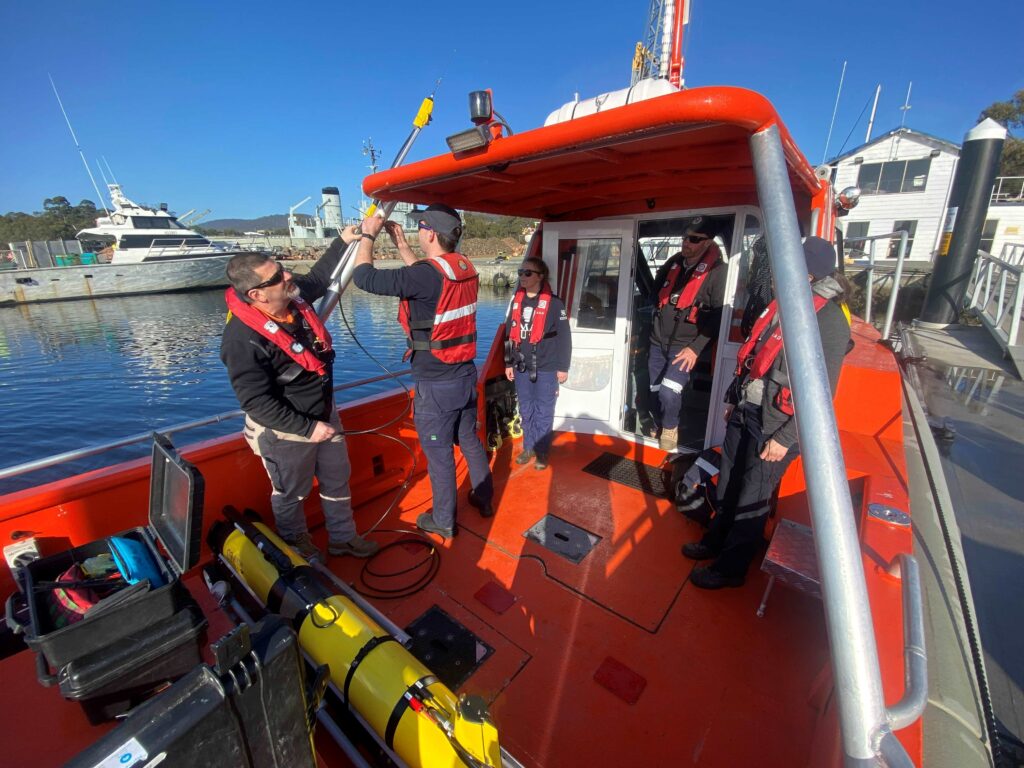
In October the AAD workboat was launched on Storm Bay to support the deployment of CSIRO’s Slocum G3 Glider. This joint operation was primarily designed to perform essential tests on the glider prior to a forthcoming CSIRO mission on the south coat of Tasmania. However, the day also provided AAD staff from technical and scientific teams with an opportunity to learn from CSIRO’s significant experience in launching the glider and remotely piloting them on their subsea missions.
Gliders are a key emerging technology for delivering autonomous oceanographic science and are critical to a number of current and future Southern Ocean science programs. Driven by a buoyancy engine with low power requirements, this class of Autonomous Underwater Vehicle (AUV) have a uniquely long endurance enabling long mission times that are ideally suited to Southern Ocean research. The gliders cut a saw-tooth trajectory through the ocean to depths of up to 1,000 m collecting a wide range of oceanographic data, and offer the potential to explore areas under sea ice. The increasing use of gliders by CAST parties promises to deliver new insights into the function of the Southern Ocean and its ecosystems.
This collaboration is a direct outcome of the 2024 CAST Principles for Collaboration in Ocean Glider Technology. The principles were designed to establish the importance of ocean glider technology in meeting Southern Ocean research priorities, and to identify broad areas of collaboration that strengthen the research capability of CAST parties.
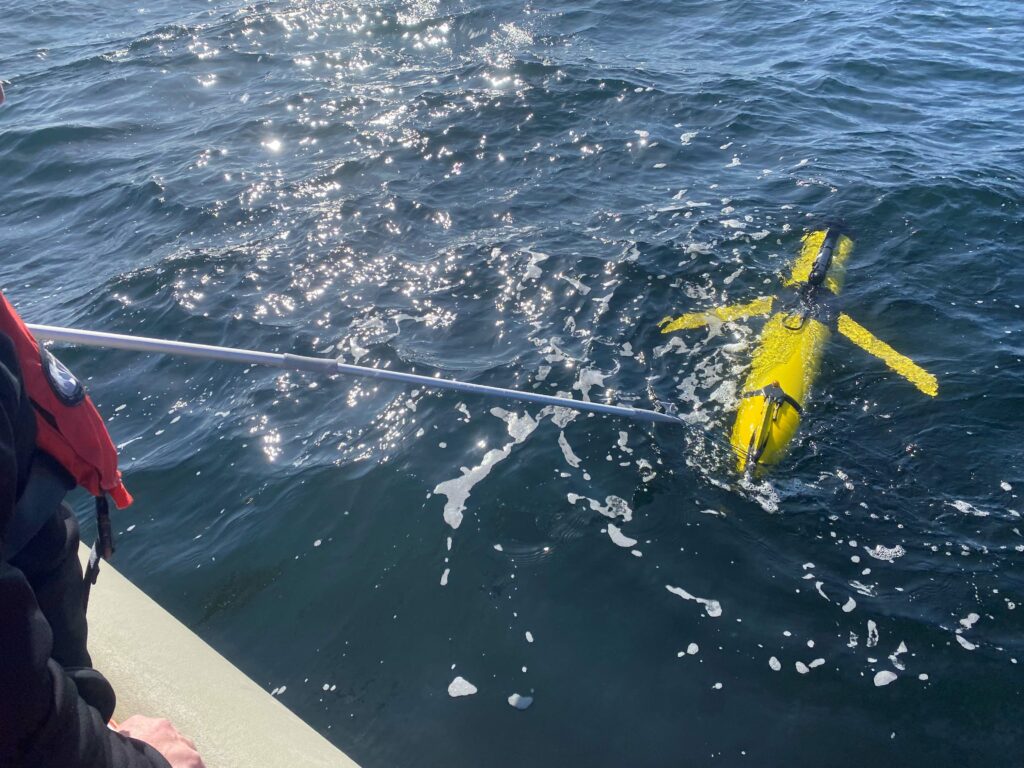
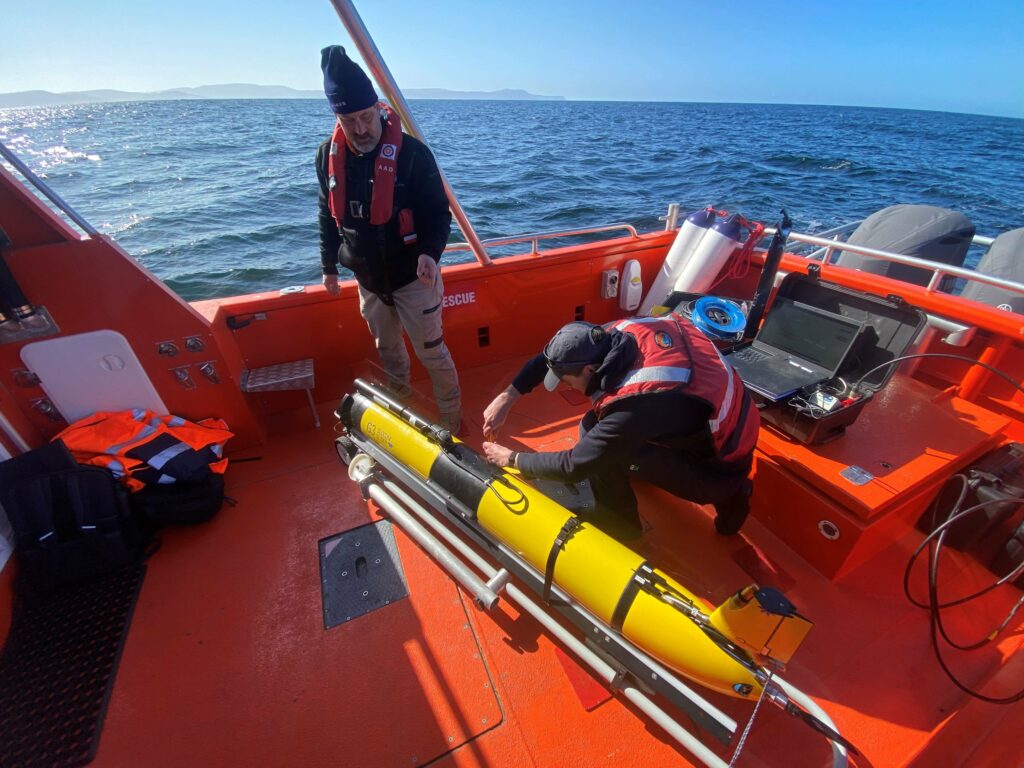
Gliders are a key emerging technology for delivering autonomous oceanographic science and are critical to a number of current and future Southern Ocean science programs.
Pat Lewis (AAD)
